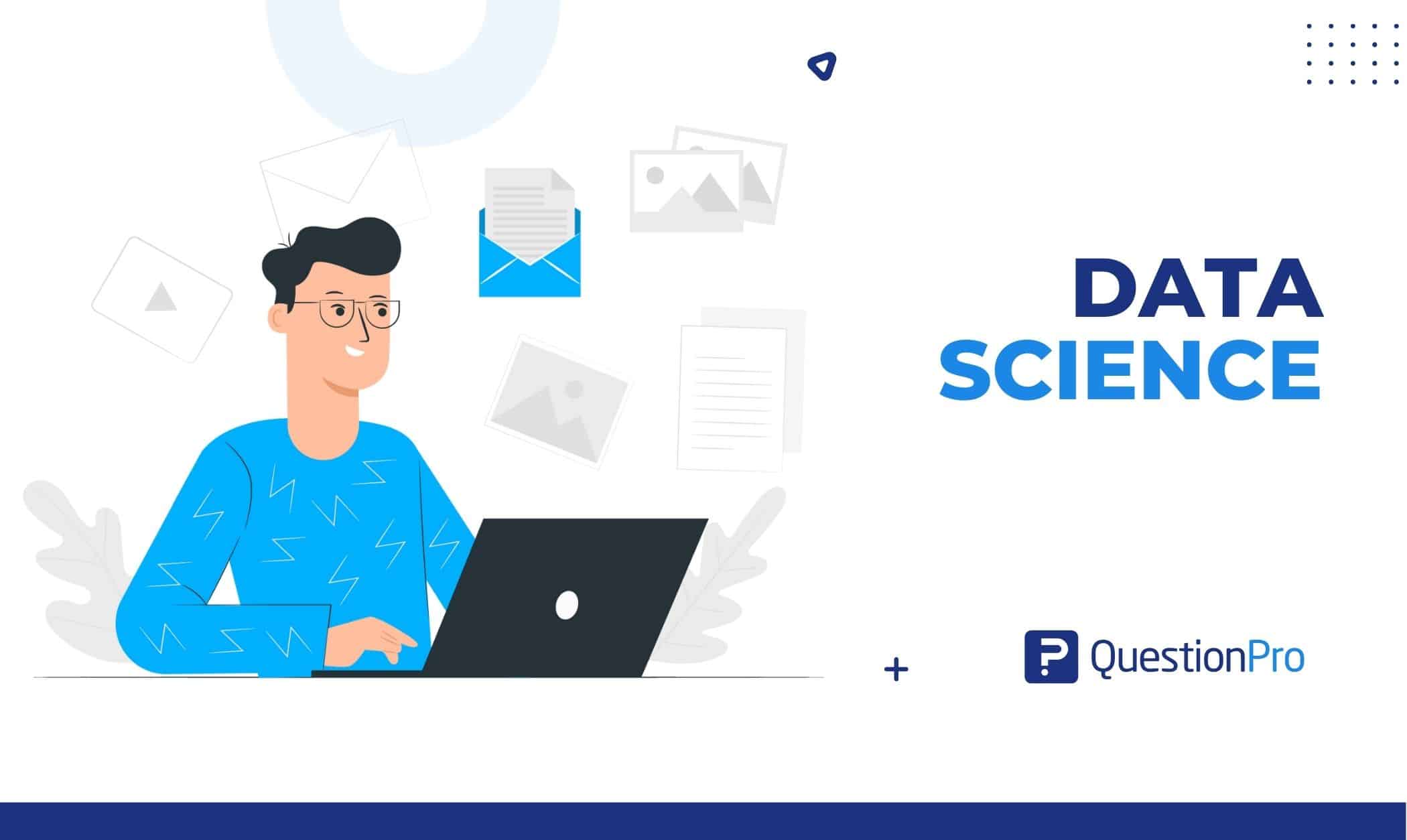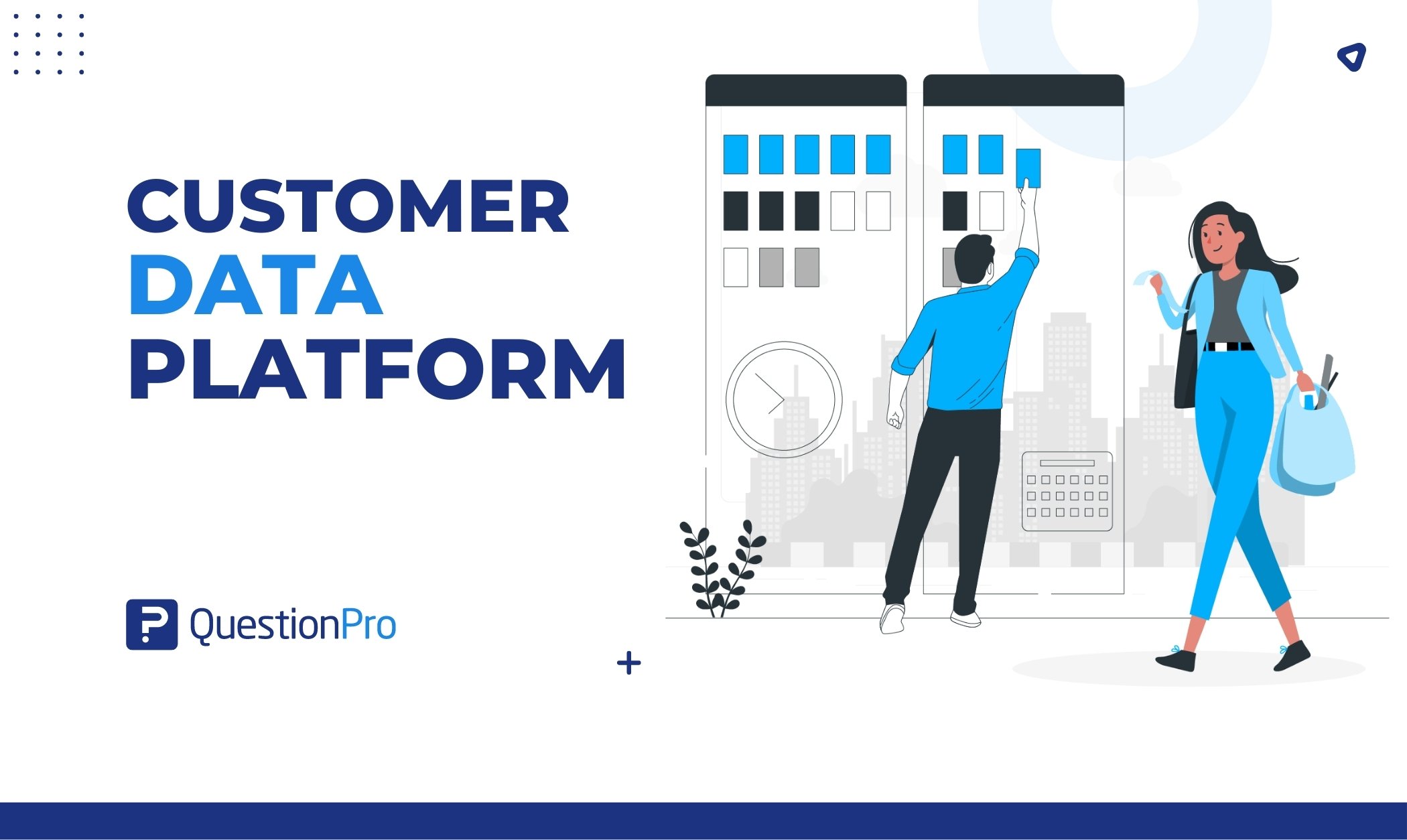
Data science is the key to the future of artificial intelligence. It can make all the concepts you see in Hollywood sci-fi movies a reality.
The necessity for data storage increased as the globe transitioned into the big data era. Up until 2010, it was the primary issue and source of concern for the business sectors.
The creation of a framework and data storage solutions was the key focus. The focus has changed to processing this data now that other frameworks have successfully solved the storage issue.
Therefore, it is essential to understand what data science is and how it works that may benefit your company. So let’s begin the complete guide for beginners.
What is data science?
Data science is extracting useful information from data for commercial decision-making, strategic planning, and other uses. It involves the application of sophisticated analytics tools and scientific concepts.
Data science is a field that uses scientific methods, processes, algorithms, and systems to get knowledge and insights from both structured and unstructured data. It involves using statistical and computer techniques to look at and make sense of large sets of complex data and then using that analysis to make good decisions.
Businesses need to understand this more and more because, among other things, it may help them better their marketing and sales strategies, find new business prospects, and increase operational efficiency.
They might result in competitive advantages over other companies. Data science combines several academic fields, including:
- Data engineering
- Data preparation
- Data mining
- Predictive analytics
- Machine learning
- Data visualization
- Software programming, mathematics, and statistics are all included.
However, less experienced data analysts may also be involved. Expert data scientists primarily carry it out.
Importance of data science
Organizations are currently drowning in data. By combining numerous techniques, technologies, and tools, data science will assist in deriving insightful conclusions.
Businesses encounter vast amounts of data in e-commerce, finance, medicine, human resources, etc. They process them all with the use of technology and methods from data science.
It empowers companies to make data-driven decisions. It helps companies find patterns and trends in massive data sets to enhance operations, make forecasts, and develop.
It is important to an organization’s growth and decision-making. Data science’s value includes:
- It may examine customer data and uncover patterns and trends to improve customer experiences.
- It can evaluate operational data to increase efficiency and save costs.
- This may evaluate data and provide insights to improve organizational decision-making.
- It can help identify new opportunities and develop new goods and services.
- This helps detect and prevent cyberattacks by studying data and discovering patterns.
Process of data science
The science of data process refers to scientists’ actions and techniques to analyze and understand data, draw conclusions, and resolve issues. Depending on the issue at hand and the study’s objectives, the precise processes involved in the data science process can change.
However, several standard procedures are frequently followed in the process, and these include:
1. Getting the info
The first step is to decide what kind of data needs to be analyzed. Then, this data needs to be exported to an Excel or CSV file.
2. Cleaning up the numbers
It’s important because before you can read the data, you have to make sure it’s in a state that makes it easy to read, with no mistakes, missing values, or wrong values.
3. Analyze the Situation
The data is analyzed by showing it differently and looking for patterns to find anything unusual. To analyze the data, you need to pay close attention to the details to see if anything is wrong.
4. Machine learning or modeling
Based on the Data that needs to be analyzed, a data engineer or scientist writes instructions for the Machine Learning algorithm to follow. The algorithm uses these instructions repeatedly to come up with the right output.
5. Using the data
In this step, you show the organization what you’ve found and what it means. Your ability to convey your results would be the most important skill here.
Purpose of data science
Data science aims to draw information and insights from data to support decision-making and solve issues. It employs several tools and methods from other disciplines, such as computer science, statistics, and machine learning, to analyze and interpret large, complicated data sets.
Some specific examples of the purpose include:
- Descriptive Analysis
It assists in precisely showing data points for any patterns that may emerge and meet all of the criteria for the data. It entails classifying, arranging, and modifying data to generate knowledge about the inputted data. Furthermore, it involves transforming raw data into an understandable and comprehensible format.
- Predictive Analysis
It predicts future outcomes using past data and diverse approaches, including data mining, statistical modeling, and machine learning. Predictive analytics uses data trends to detect hazards and opportunities for businesses.
- Diagnostic Analysis
To comprehend why something occurred, there must be a thorough investigation. It is described using correlations, drill-down, data mining, and discovery. Various data operations and transformations may be applied to a given collection to find specific patterns in each method.
- Prescriptive Analysis
Prescriptive analysis enhances predicted data. It indicates what will happen and suggests how to handle it. It can predict outcomes and recommend the best course of action. Complex event processing, neural networks, modeling, graph analysis, and machine learning recommendation engines are used.
Prerequisites of data science
Depending on the position or role, different skills and knowledge are required for success in data science. However, several general knowledge and skill areas are crucial for success in it:
- Statistics: Utilizing sophisticated machine-learning algorithms, it uses statistics to identify and convert data patterns into relevant information.
- Programming: SQL, R, and Python are the most popular programming languages. A working grasp of programming is crucial to complete a data science project.
- Computer learning: Machine Learning, a key element of this, enables accurate forecasting and estimation. If you want to be successful in it, you need to grasp machine learning very well.
- Databases: In this field, it is essential to have a thorough understanding of how databases work and the ability to manage and extract data.
- Modeling: Using mathematical models based on the data you already know, you may compute and anticipate things with speed. Modeling aids in identifying the algorithm that will handle a certain problem most effectively and how to train these models.
Data science applications
There are several uses for data science in numerous fields and areas. Examples of specialized applications include the following:
- Healthcare: It analyzes patient data to uncover patterns that can help diagnose and treat diseases. It improves healthcare operations and finds cost savings.
- Finance: This analyzes financial data to uncover trends and patterns that inform investing and risk management strategies.
- Marketing: It analyzes consumer data to uncover patterns and trends that might improve marketing campaigns and customer experience.
- Supply chain management: It examines transportation and logistics data to improve operations and find cost savings.
- E-commerce: It analyzes customer data to uncover patterns and trends for product suggestions and marketing initiatives.
- Transportation: It analyzes traffic and transportation system data to improve operations and find cost reductions in transportation.
Conclusion
Data science extracts knowledge and insights from organized and unstructured data using scientific methods, procedures, algorithms, and systems. Using statistical and computational methods to evaluate and interpret complicated data sets and make educated decisions.
Data scientists collaborate in teams with professionals from computer science, statistics, and domain-specific professions like finance, marketing, and healthcare since this is interdisciplinary.
It is utilized in many businesses to make decisions, improve operations, and find new opportunities. Programming, statistics, machine learning, data visualization, and domain knowledge are needed.
Data science is helping companies make better decisions and grow through data-driven insights. QuestionPro Research provides market research and stakeholder insights tools to collect data. It has several features and tools to help organizations produce and disseminate surveys, analyze and interpret the results, and make informed decisions based on the research.
Try QuestionPro today!







